

Neil Briscoe
2026 Xpeng G6 AWD Performance review: Quick drive
4 Days Ago
Australia is finally getting tougher Euro 6d emissions standards from 2025, coinciding with some changes to our fuel.

News Editor
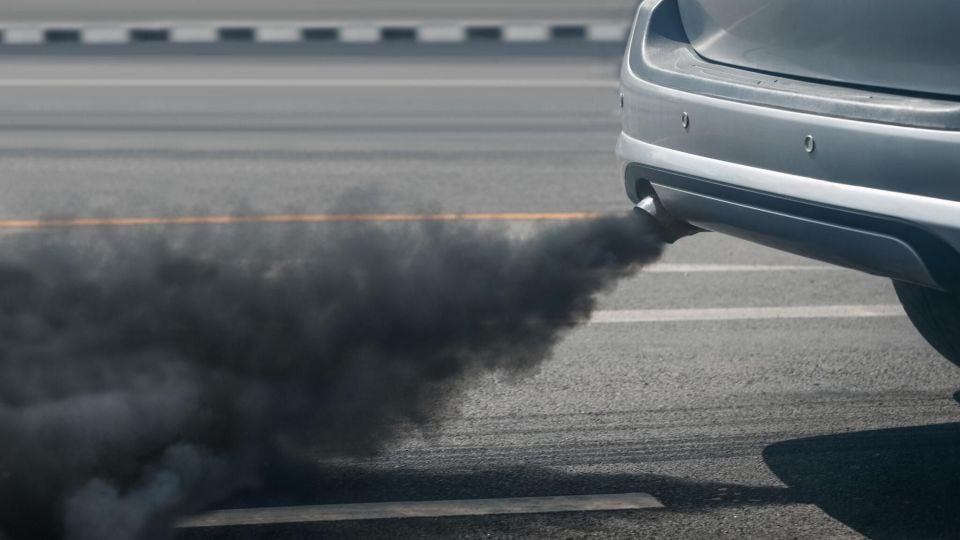

News Editor
The Australian Federal Government is introducing tougher Euro 6d emissions standards to Australia.
It says new versions of new cars, including SUVs and light commercials, sold from December 2025 will need to comply with the standards, which replace the existing Euro 5 measures.
The standards will then apply to all new vehicles on sale from 2028.
Additionally, 95 RON premium unleaded fuel will have a reduced amount of aromatic hydrocarbons, and the government says all petrol vehicles on Australian roads will be able to use the new grade.
91 RON and 98 RON fuels will be unaffected.
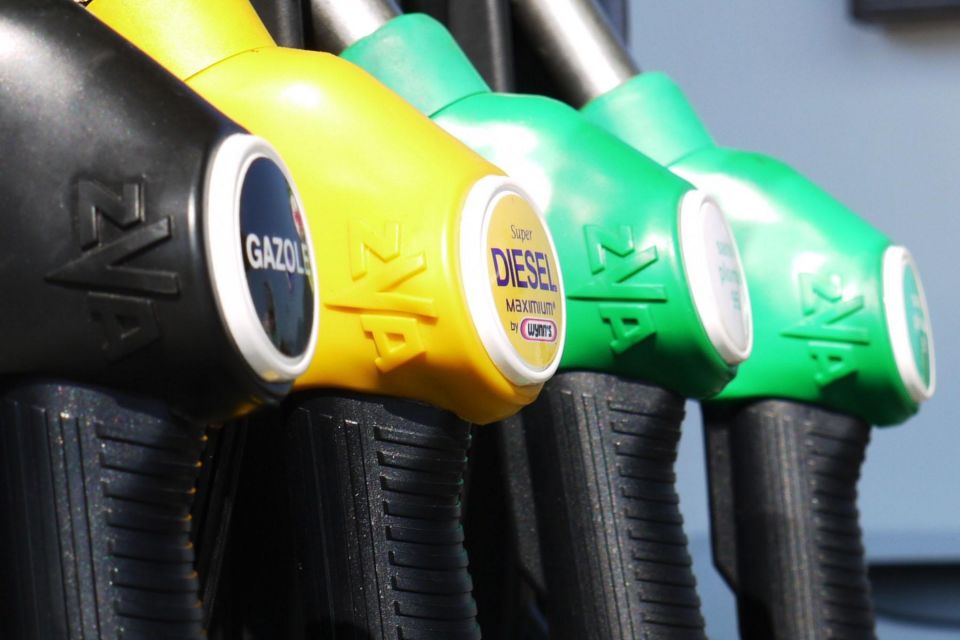
This change to 95 RON will be aligned with previously announced reductions in sulfur limits for all petrol, and all petrol supplied from December 2025 will need to meet the new standards.
The sulfur changes were previously set to be introduced from December 15, 2024, but the government has delayed this to “simplify the change for fuel suppliers and customers”.
All petrol sold in Australia will have a maximum sulfur level of 10 parts per million from December 2025. That’s a huge drop from the allowed sulfur levels at the moment, which sit at 150 ppm for 91 RON and 50 ppm for 95 RON and 98 RON.
Diesel fuel is already limited to 10 ppm sulfur, and has been since 2009.
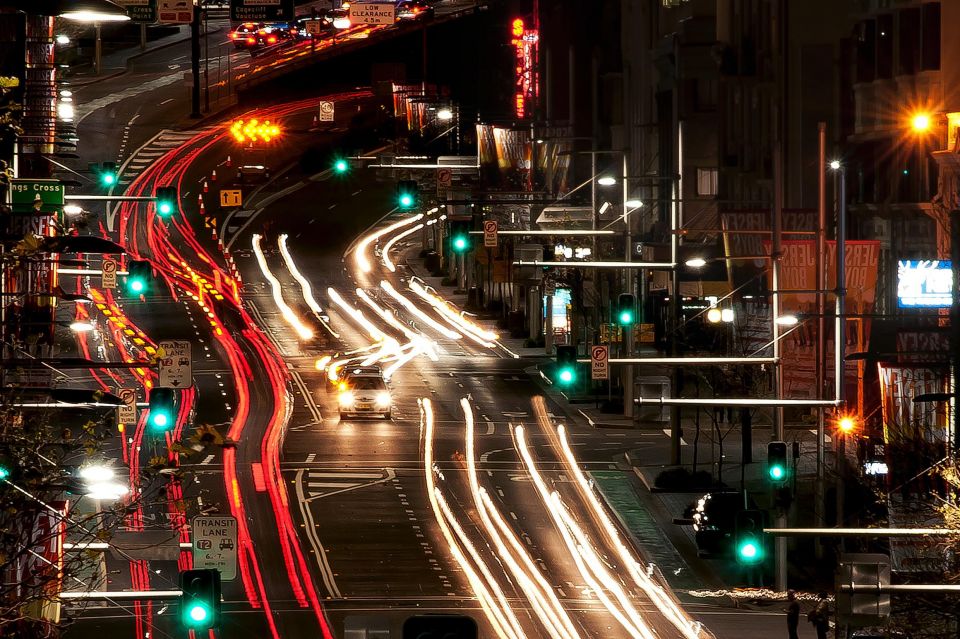
The government says motorists can expect an increase of $8 per year in fuel costs for an average passenger vehicle running on 95 RON petrol.
It expects the changes will increase access to cleaner and more fuel-efficient vehicles while also lowering greenhouse gas emissions and strengthening our fuel security.
It says the move will save $6.1 billion in health and fuel costs to 2040, citing data that vehicle emissions contributed to more than 1700 deaths in Australia in 2015 – 42 per cent more deaths than that year’s road toll.
It also says it will bring Australia in line with 80 per cent of the global car market, including the United States, United Kingdom, European Union, Canada, China, India, Japan and Korea.
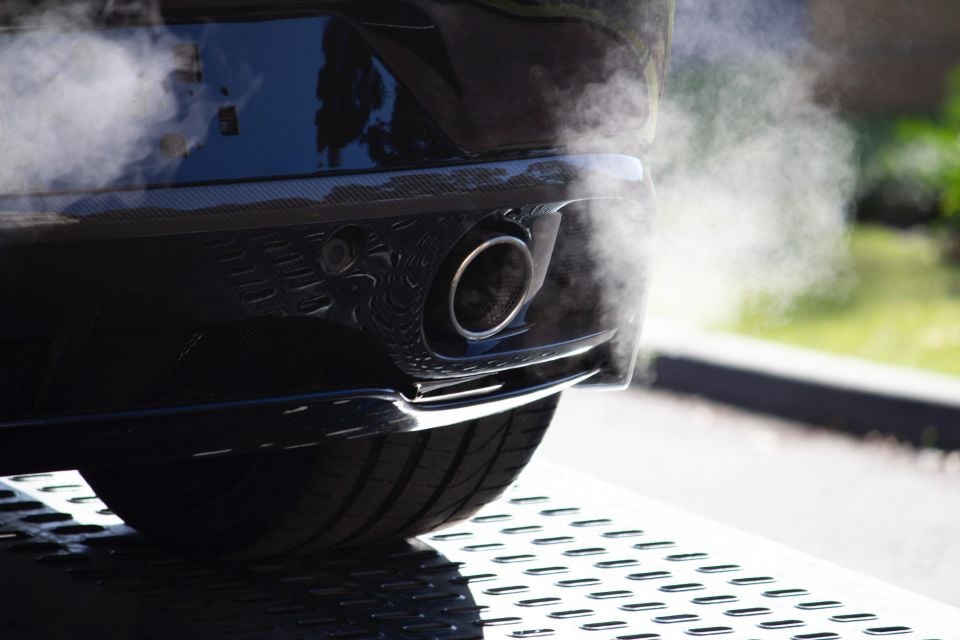
“The Albanese Government has a laser-like focus on bringing down transport costs and emissions,” said Chris Bowen, Minister for Climate Change and Energy.
“The former government talked a lot about making these changes but wasted years without action, now we’re getting on with the job of delivering better health and cost-of-living outcomes.
“These updates to our vehicle standards will see almost 18 million tonnes of greenhouse gas emissions cut from the transport sector by 2050 – equivalent to taking 280,000 cars off the road.”
“The changes, along with Fuel Efficiency Standards are part of delivering cleaner, cheaper to run cars and tackling transport costs for Australian families and businesses,” said Catherine King, Minister for Infrastructure and Transport.
“Tightening Australia’s noxious emissions standards will prevent deaths caused by toxic air pollution.
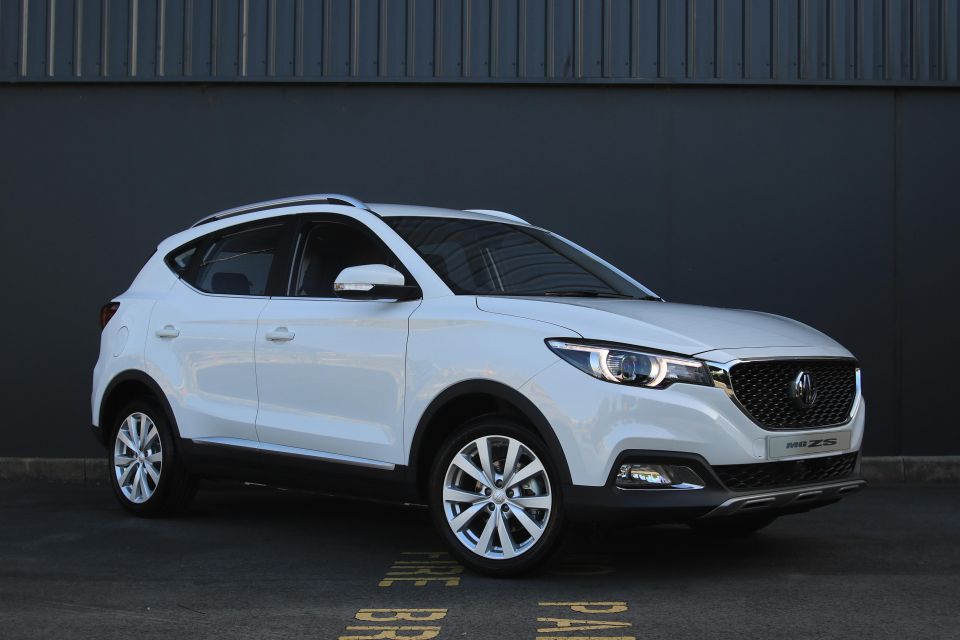
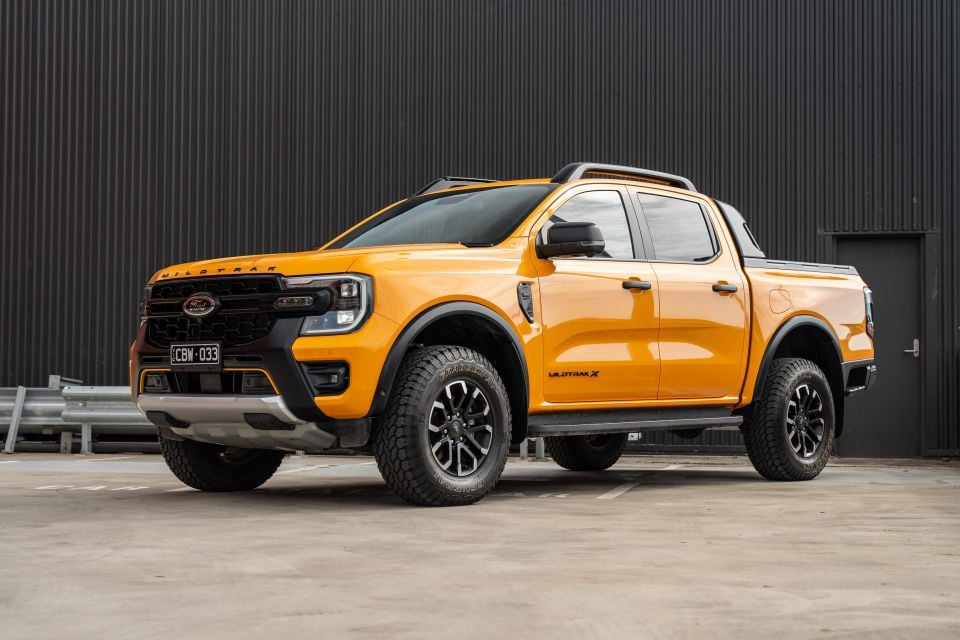
Europe ditched the 2009-vintage Euro 5 standards for Euro 6 back in 2014, with the Euro 6d changes coming into effect in 2021.
While many vehicles sourced from Europe naturally already meet Euro 6 standards, there are many popular vehicles that only meet Euro 5. These include the Ford Ranger, MG ZS, and Toyota RAV4.
Many vehicles compliant only with Euro 5 standards, however, are sold overseas with Euro 6-compliant powertrains. As mentioned, vehicles already on sale are also able to remain on sale until 2028 with their current Euro 5-compliant powertrains.
In addition to changes to our fuel quality and emissions standards, the Albanese Government has confirmed it’s working with the car industry on a Fuel Efficiency Standard (FES), though it didn’t take the next step towards introducing this during 2023 as had been expected.
William Stopford is an automotive journalist based in Brisbane, Australia. William is a Business/Journalism graduate from the Queensland University of Technology who loves to travel, briefly lived in the US, and has a particular interest in the American car industry.


Neil Briscoe
4 Days Ago


Max Davies
3 Days Ago


James Wong
2 Days Ago


William Stopford
2 Days Ago


Josh Nevett
18 Hours Ago
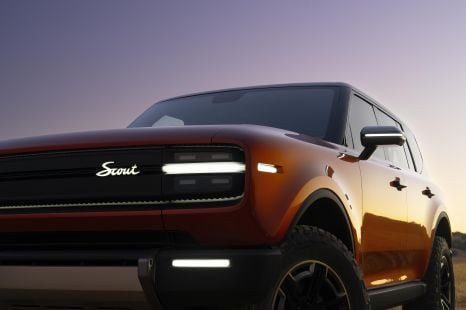

Ben Zachariah
15 Hours Ago